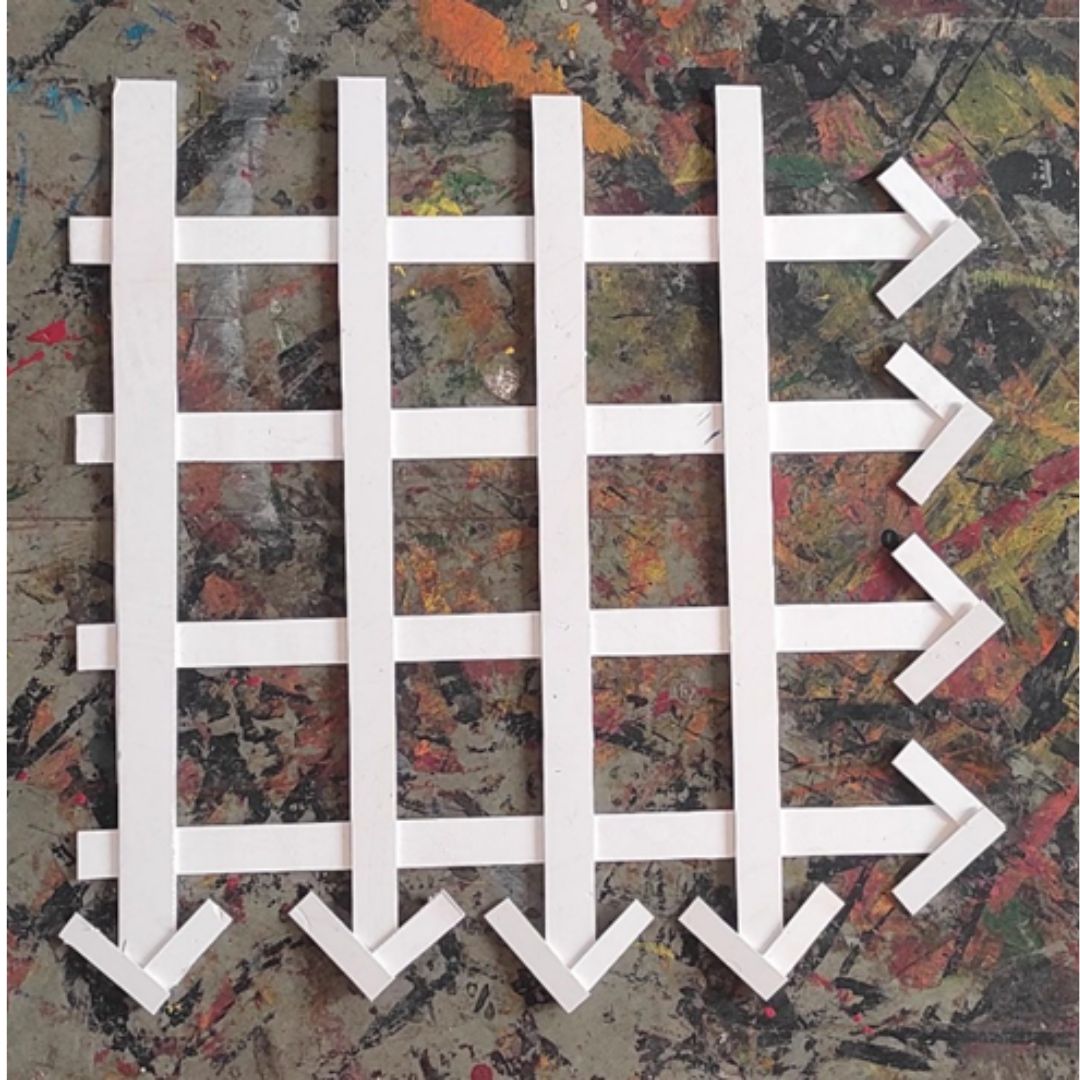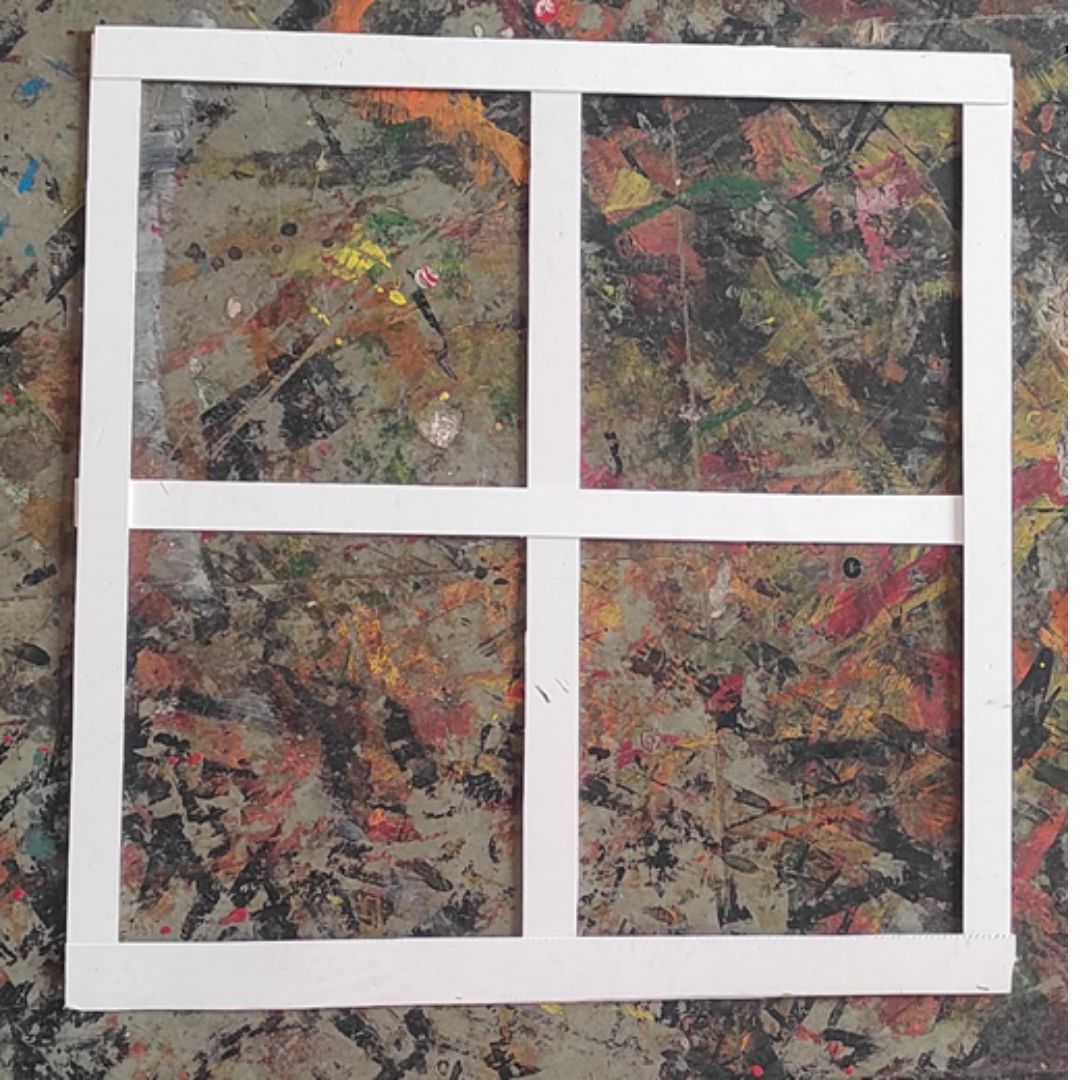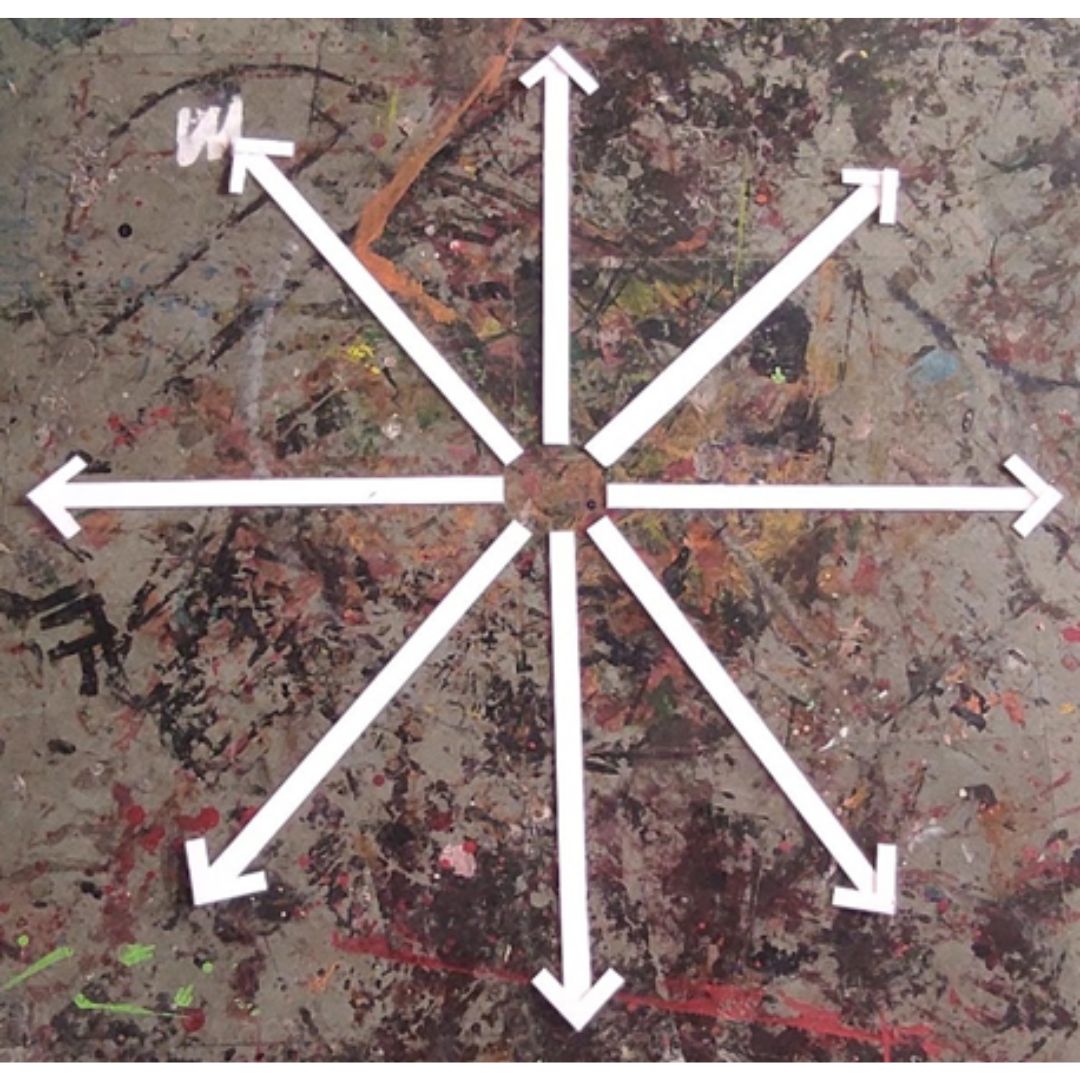
A crime scene is a location where a crime is committed or where the most physical evidence of a crime is discovered. A crime scene is the starting point for an investigation because it contains information about the suspect and victim. This aids in the reconstruction of the crime and the quick resolution of the case. A crime-scene investigation seeks to identify, document, and collect evidence at the scene of a crime. Then, piecing together the evidence to form a picture of what happened at the crime scene, you'll be able to solve the crime.
An outdoor crime scene is one where a crime is committed in a wide-open area such as a field, park, road, or playground. Outdoor crime scenes are more vulnerable to evidence loss or contamination due to sunlight, air, or extreme weather. Here we can see a crime had been took place in an open ground which is surrounded by buildings. The crime scene was secured first, then notes, photographs, videos, and made sketching of the entire crime scene were taken. After that searching of evidences was performed. This is another example of outdoor crime scene. Here we can see the crime took place in a field which had trees around it. The crime scene was secured first, notes were taken, photographs were clicked and video was shoot and sketching was done. Searching of evidences was taking place. From the picture we can see that the victim was a woman and she was pinned down on the tree.
An indoor crime scene is one that occurs in a small, enclosed area such as a room, hall, corridor, or kitchen. An indoor crime scene is less vulnerable to evidence loss or contamination due to the fact that it occurred in an enclosed area. Here a crime took place inside a room. At first, the scene was secured, then notes were taken, photographs were taken, videos and sketching were done. After that evidence searching took place. Here red fluid can be noticed which can be assumed as blood. It can assume that a violent crime gad been taken place. This is another example of indoor crime scene, but it is not in a room, the crime took place in a balcony or can be said in a corridor. Here the first step was followed that is securing the crime. scene. Then all the steps of note making, photography, videography, sketching were done. After that searching for evidence took place. From the picture we can assume that may be a crime took place during any meet up because chairs and glasses can be seen. This is also another example of indoor crime scene. Here securing the crime scene, note making, photography, videography and sketching of the crime scene was already done. Here we can see making of the evidences are going on. All the protocols have been maintained; the crime scene investigator can be seen wearing gloves so that contamination does not take place. Here is another example of indoor crime scene. Here we can see hanging had been taken place. We have first secured the scene, took notes, photographs, videos and done sketching. While searching for evidence, we found a fallen tool just behind the hanged victim. We can study the different types of strangulation marks to determine whether it was suicidal or homicidal.
It is the first and most important step. When the first officer arrives on the scene, he or she separates the area to safeguard the evidence. A crime scene tape is used to secure the focal point and the region radiating from it that is considerably greater than the crime scene. To guarantee that no essential evidence is left behind, a broader area is guarded. The forensic investigators may later condense the scene. If this is not done, potentially damaging evidence may be left outside the scene by bystanders. At this point, the safety of the scene takes precedence. People who are accused of committing crimes are sometimes arrested as well.
The crime scene photographer photographs the entire scene as well as close-up views of the artifacts from various perspectives. It is accomplished through the use of evidence markers and rulers for size reference.
The rough sketch is the initial pencil-drawn outline of the scene, including the position of objects and evidence. Typically, they are not drawn to scale. Despite the fact that distances are measured and stated in the sketch. Sketch after taking images and before moving anything. Make as many sketches as you can.
The final sketch is the final drawing of the entire crime scene, it is the combined sketch of all the rough sketches with exact measurements, according to scale. The different types of methods used for locating evidence in sketching are baseline method, rectangular method, triangulation method, polar method and cross-projection method.

This type of searching method is called linear search method. In this method, a group of people move in a straight direction in the crime scene and search for the evidences. This type of searching method is generally used in outdoor crime scene.

This type of searching method is called grid method. In this method, several officers move alongside each other from one end of the area to other to search the entire crime scene. This type of searching is best for outdoor crime scene which has a large space. This is one of the best methods of searching because of the grid pattern each and every part gets searched properly.

This type of searching method is called zonal search method. In this method, the entire area of the crime scene is divided into four zones and each zone is searched properly by using linear or grid method of searching. This type of searching method is suitable for indoor crime scene like in rooms. This is one of the best methods of searching method as the entire area gets searched properly.

This type of searching method is called spiral method of searching. In this type of method, one person starts from the centre of the crime scene and moves in an imaginary spiral way towards outside or the person starts from outside and following an imaginary spiral method moves towards centre. This type of method is suitable for outdoor large crime scene.

This type of searching method is called wheel method of searching. In this method, officers start from the centre of the crime scene and moves in a direction straight out from the centre or ‘hub’ of the wheel like spokes. This type of searching method is suitable for both indoor and outdoor crime scene.
The evidence that are found at the crime scene are collected by different collection method. For biological fluids they are collected by swabbing methods, for evidence like hairs, fibres which can be seen by naked eyes are collected by handpicking method. They are stored in druggist fold and are secured by rope and seal. Other evidence is generally collected in metal cans or glass jars to avoid contamination. They are also packed with cloth and are sealed properly. To maintain chain of custody, all the details like type of evidence, investigating officer name, case no and other details are written and signed.
Transportation of evidence is one of the major roles from the crime scene to the nearby laboratory for examination. Secure a temporary storage location before gathering any evidence at a crime scene. This will aid in the prevention of biological evidence deterioration or contamination. Direct sunshine and higher temperatures may hasten DNA degradation. Avoid keeping evidence in heated areas, such as the trunk of a police car. Store biological evidence in a cold, dry place to preserve it.